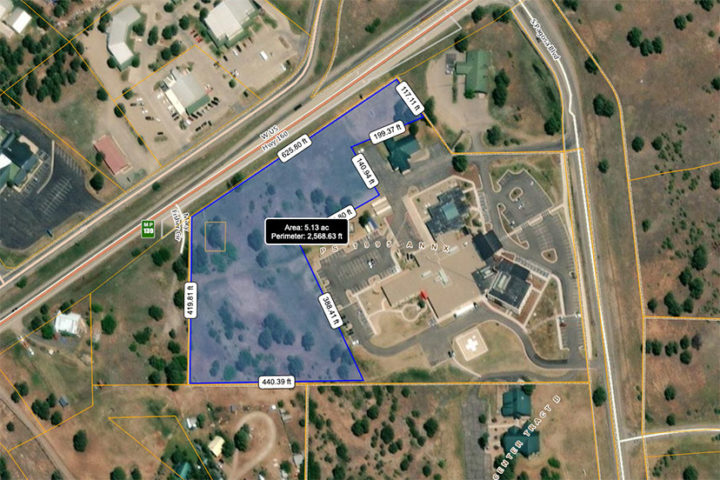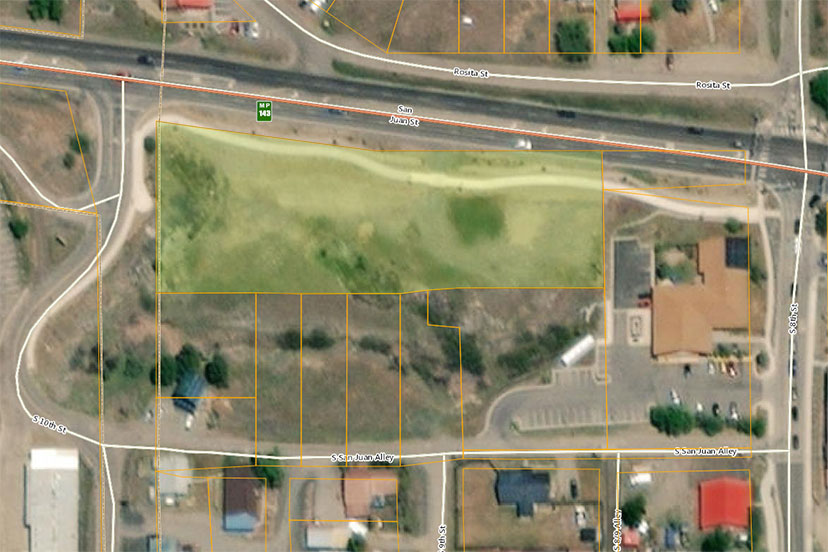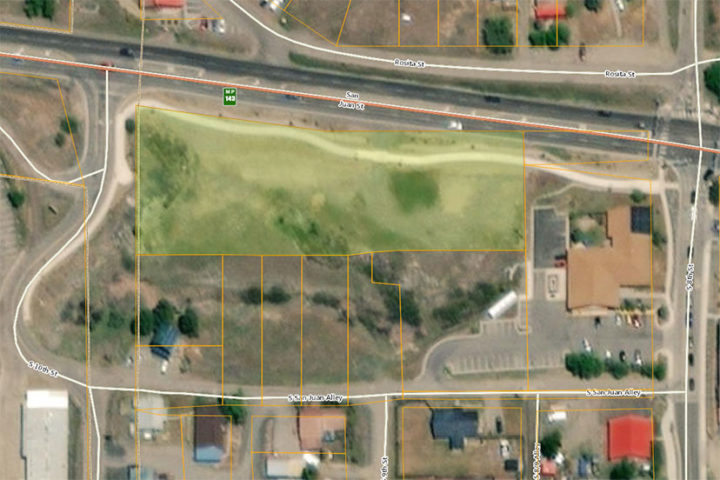“In discussing how we wanted to expand the Library, we looked at programs,” said Library Foundation Director Cindi Galabota.
Ms. Galabota and I were sitting in the small multi-purpose room at the Ruby Sisson Memorial Library, talking about a proposed $4 million library expansion project, and the related capital campaign that’s just getting underway. The Library Foundation — a separate 501c3 organization serving the tax-funded Upper San Juan Library District — is helping to spearhead the campaign.
Ms. Galabota continued:
“While books are still a really important aspect of libraries, libraries are so much more, now, than just books. Our collections aren’t necessarily going to grow very much; maybe a couple of percent growth, but we’re part of a consortium of 125 libraries, with over a million books and other collection items. So we really don’t feel like we need to expand our collections. So we’re really focusing on the programming side.”
Back when I was a child — developing an interest in books in the late 1950s — the library constituted the primary repository of written information in a typical American community — other than daily newspapers, and monthly magazines delivered through the mail. (Didn’t most homes have their own collections of National Geographics?) In 1959, if you wanted to find a recipe for Pad Thai, for example, your options were limited: the library or the local bookstore. (And even then, you had to be pretty lucky. I mean, Pad Thai wasn’t exactly a familiar dish in America, in 1959.)
This morning, I found 247 million recipes for Pad Thai in a Google search, and many of them had ‘five-star’ ratings.
In 2021, only a small portion of the world’s total written (and photographed, and video-recorded, and ‘rated’) information resides in physical libraries. So we can see why the Sisson Library might be more concerned about ‘programming’ than about shelves full of (mostly outdated?) books. The quest to remain relevant can be challenging for some of our cherished cultural institutions.
No doubt a $4 million expansion project would help the Sisson Library improve its program offerings.
But the part of the plan that had really attracted my attention was the 1.8-acre parcel donated to the library in 2019, the lion’s share of which the library had no plans to develop.
A parcel where the library — or some other local organization — could, perhaps, build some workforce housing? Given that we’re in the middle of a crisis? Given that our local economy is slowly falling apart, in terms of having a sufficient labor force? In terms of individuals and families currently suffering under a heavy burden of inflated housing costs?
The library expansion plan sounds like a fine thing… but…
I gave Ms. Galabota a quick summary of the work Pagosa Housing Partners has been doing, over the past couple of months. (Note: I serve on the Pagosa Housing Partners board, but this editorial does not necessarily reflect the opinions of the PHP board as a whole.)
I mentioned that PHP board member Mark Weiler and I had met with Archuleta School District Superintendent Kym LeBlanc-Esparza last month to discuss local housing needs. ASD owns 37 acres on Vista Boulevard, donated the the District back in the 1970s. Would they consider building some housing there? Some ASD employees are reportedly struggling with housing issues…
Previously, PHP had discussed housing ideas with the Pagosa Springs Medical Center. According to the Archuleta County GIS map, the Medical Center has a little over 5 acres of undeveloped property to the north and west of the hospital. Would they consider building some housing there? Some PSMC employees are reportedly struggling with housing issues…

Ms. Galabota, who has a long history of working with charitable organizations in Pagosa, listened with apparent interest.
“To me, it seems we have a crisis going on in town,” I told her. “So I’m wondering… could the Library help with this problem? I understand that it’s not part of your current plans, to even think about housing. So, I know this suggestion might feel like it’s coming out of left field, but there is a disaster unfolding in our community…”
“Especially in that ‘workforce’ gap, right?” Ms. Galabota agreed. “I mean, not in the low, low-income sector…”
“Oh, there are certainly some low-income folks who are struggling,” I suggested. “People are struggling all across the low- and middle-income spectrum. I can’t remember talking to a government leader or business owner who hasn’t said, ‘We’re having trouble, finding employees…’ So I’m just going to leave you with this thought. Is there any way that the library project can include some housing?”
“Interesting,” said Ms. Galabota.
“It’s possible you could do that,” I proposed. “It’s possible. And if your project did include some housing, how much easier would it be for the Library to pass a mill levy increase? If you were addressing the most serious problem in our community… in addition to building a nice community meeting room, and a children’s room… What if there was an apartment building involved, as part of the plan?”
I understand the vacant parcel west of the library has terrain issues, and perhaps even some environmental issues.
I also realize, we’re all in this together.
A somewhat similar discussion — about the construction of housing on publicly owned vacant land — took place a month ago, when PHP invited local engineer Mike Davis to walk the School District’s vacant 37 acres on Vista Boulevard, along with Town Manager Andrea Phillips, PLPOA General Manager Allen Roth, ASD Superintendent of Schools Kym LeBlanc-Esparza, and two members of the Pagosa Housing Partners board: Mark Weiler and myself…



